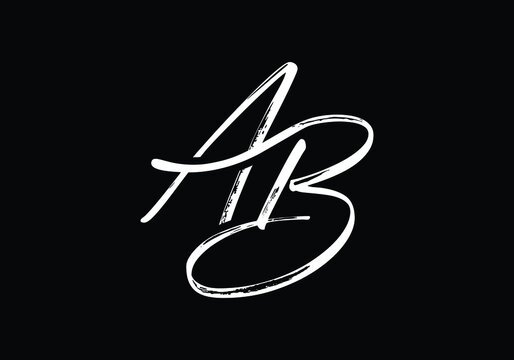Pharma Lessons from Industry Expert 002
Key Lessons: extracted from meeting notes
Commercial Strategy: To develop an effective commercial strategy, understand the pharmaceutical landscape, including how diagnostics are chosen as companion tests for targeted therapies.
Test Selection: Investigate the factors influencing the adoption of specific diagnostics by pharmaceutical companies, such as initial drug response in the clinic and the necessity of a companion diagnostic (Cdx). Consider whether a companion diagnostic is needed at all. What’s the benefit-risk profile?
Scalability and Adaptability: Ascertain the scalability of the diagnostic test for broad clinical application, and strategize to stay ahead in the clinical pathway integration. Complicated lab-based tests may not be scalable enough for clinical adoption or to derive profit margins for investors.
Clinical Development and Incentives: Recognize the influence of pharmaceutical companies' desires to expand labels and the contrasting governmental or insurer's restrictions, shaping the development pathway based on current and upcoming drug approvals and their benefit-risk profiles.
Diagnostic Testing Landscape: Examine the current performance of drugs in clinical trials, and consider the implications of new drugs on the pathway to market.
Pharmaceutical Technology Adoption: Explore the history of drug development and adoption, including the role of early-stage development, licensing, and the selection process between different lab tests for assessing drug efficiency.
Clinical Trial Design and Endpoints: Address the challenge of defining clinical benefits and business cases for functional tests, the ambiguity of proficient vs. deficient determination in the clinic, and the need for better treatment response metrics than RECIST.
Pathology Lab Insights: Spend time in a community pathology lab to understand feasible practices and commercialization potential, considering the limitations of the current system.
Live Cell Assay Challenges: Tackle the issues of requiring live cells for the assay and consider the logistics of sample handling in a clinical setting.
Target Discovery and Drug Combinations: Contemplate avenues for target discovery validation or designing rational combinations for new treatment strategies in collaboration with pharma, focusing on upcoming drugs.
Functional Assays vs. Genetic Screens: Evaluate how a functional assay could offer advantages over genetic screens in drug combination development and patient selection.
ChatGPT’s witty reflection on my raw meeting notes:
Navigating the sea of diagnostic development is a bit like being a pirate on the lookout for uncharted territories—exciting, unpredictable, and fraught with the occasional 'Argh!' moment. In my latest confab with Industry Expert 002 (name disguised to protect the not-so-innocent), I embarked on a quest to unearth the treasure map for commercial strategy in the wild waters of targeted therapy diagnostics.
IE002, with the wisdom of an old sea captain, steered the ship through the foggy waters of companion diagnostics, where the siren call of DNA repair inhibitors echoes through the pharmaceutical ocean. We pondered the enigma of how a test could be a trusty first mate on this voyage, adaptable enough for the high seas of clinical use and scalable like a pirate's ambition.
Our parley delved into the murky depths of the UK's clinical trial protocols, with HRD testing as our North Star, and how bizarre it would be to set sail years later with a new test—like plotting a course to the edge of the map where dragons be. We even raised a spyglass to the horizon, looking at the performance of the latest DDR drugs bobbing in the trial waters.
As IE002 spun tales of pharmaceutical buccaneers grappling over PARP inhibitors—a treasure nearly lost to the depths until positive trial data floated it back to the surface—I couldn't help but marvel at the strategic capers and close calls.
The chat ventured into the dark waters of VUS rates and diagnostic skirmishes. We charted the uncertain territories of functional tests, where the wind whispers of gene loss and methylation mysteries, and where the right assay could be the compass that guides us to therapeutic X marks the spot.
Yet, as we docked at the end of our meeting, I was left with a chest full of insights and a map riddled with new paths to explore. From the necessity of live cells in assays—akin to keeping a parrot squawking on your shoulder—to the looming specter of generics making the current bounty less shiny, the journey ahead is as thrilling as it is daunting.
So here I stand, a diagnostic buccaneer, charting a course through the choppy waves of innovation, partnership, and commercial viability, with IE002's parting shot echoing in my ears: spend time in a pathology lab, for that's where you'll find whether your diagnostic treasure can truly be unearthed.
Disclaimers:
* My personal notes should be largely correct, though I'm only human!
** Beware, ChatGPT fabricates quotes… clearly not human.
Join the dialogue—reflect, share your tales from the trenches, and by all means correct me if you spot any erroneous information.

